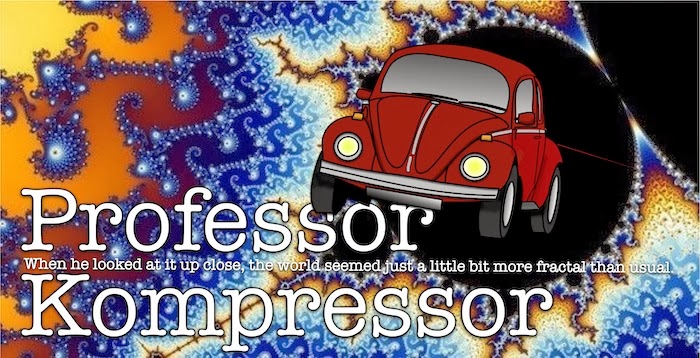Absolute zero temperature, at 273 or so degrees
below freezing, is supposed to be where things cease to happen. Basically, the
temperature of any object is linked to the motion of the atoms of which is
made. When averaged over to a larger scale, the energy of atom’s jiggling about
becomes the object’s temperature. Absolute zero then, is when all the jiggling
stops and pretty much nothing happens.
It
has long been the case that some of the most exciting physics experiments are
done at extremely low temperatures. In many cases the laboratory reaches far
below the freezing conditions of outer space, which has a temperature of around
three degrees above absolute zero due to remnant radiation from the Big Bang
explosion that created the Universe.
At
low temperatures funky things happen. Basically, Nature is left with two choices.
Either a material freezes to form a solid, like water becoming ice. Or one ends
up with a superfluid.
The
classic example of a superfluid is Helium, which undergoes this transition at a
temperature not too different from that of outer space. Experiments on this
funky liquid have taught us a lot about quantum physics. The reason for this is
that a superfluid can be thought of as a large scale quantum system. Usually
the quantum regime is relevant on minute scales that are hard to probe, but in
the case of a superfluid quantum aspects play a role at scales that can sometimes
be seen by the human eye. Now that’s pretty cool.
In
the last couple of decades many other superfluid systems have been discovered.
Particularly exciting are the different cold atom gases, involving clouds of a
few hundred atoms or so at fantastically low temperatures, where experiments
with incredible precision can be carried out. This allows something that was
never going to be possible in Helium; studies of much smaller systems where the
quantum aspects can be much better resolved. Now that is seriously cool.
Talking
about seriously cool, what says that you can’t go below absolute zero? Could it
be that this is an artificial limit we (or rather, very clever people that came
before us) have introduced, but in reality Nature does something else at that
point? My inclination would be to say no. The notion of absolute zero is just
that. Absolute. Perhaps the value we have set for it is wrong, for some reason,
but the idea is difficult to argue with. If the temperature is associated with
the motion of individual atoms then the zero point ought to be reached when all
the motion stops. How can you possibly go beyond that?
Nevertheless,
it was recently reported in the popular science press that experimenters had in
fact gone beyond this point. Now, that would have been beyond cool...
In
reality, closer inspection of the work involved shows that the experimenters
never claimed such a breakthrough. It was just a typical mis-representation,
probably because it sounded cool. It is still an interesting story, and
highlights something you may not have thought about. We are all familiar with
the feeling of hot and cold. Yet, our understanding of temperature is far from
perfect. This is a cool problem to work on!

No comments:
Post a Comment